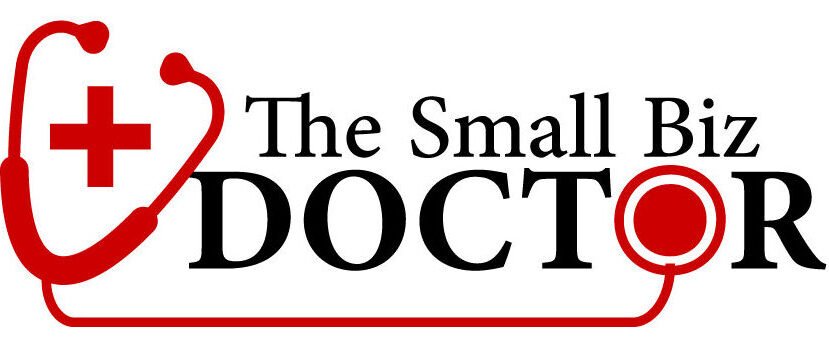
What is a Chart of Accounts?
As a small business owner, managing your finances effectively is crucial for success. At the heart of your bookkeeping system lies the Chart of Accounts (COA)—a powerful tool that organizes your financial transactions and provides clarity into your business’s performance. But what exactly is a Chart of Accounts, and why does it matter? This guide will break it down, explaining its importance and how to set it up for your business.
In this article, you’ll learn:
- What a Chart of Accounts is
- Why it’s essential for small businesses
- How to set up and customize your COA
- Common mistakes to avoid
- Tools to streamline the process
Let’s dive in and demystify the Chart of Accounts to help you take control of your finances.
What Is a Chart of Accounts?
A Chart of Accounts is a structured list of all the financial accounts used in your business’s general ledger. It categorizes every transaction—such as income, expenses, assets, liabilities, and equity—into specific accounts to track your financial activity. Think of it as the backbone of your bookkeeping system, organizing your finances into clear, manageable categories.
Standard account types in a COA include:
- Assets: Cash, accounts receivable, equipment
- Liabilities: Loans, accounts payable, credit card balances
- Equity: Owner’s equity, retained earnings
- Income: Sales, service revenue
- Expenses: Rent, utilities, advertising, payroll
Each account is assigned a name and number for easy reference in accounting software like QuickBooks Online or Wave.
Why the Chart of Accounts Matters
A well-organized Chart of Accounts is more than a bookkeeping tool—it’s a game-changer for your business. Here’s why it’s essential:
- Organized Financial Records: The COA categorizes transactions, making it easy to track income, expenses, and other financial activities.
- Accurate Financial Reporting: A clear COA ensures your Profit & Loss statement, Balance Sheet, and other reports are reliable for decision-making.
- Simplified Tax Preparation: Aligning your COA with IRS Schedule C categories helps you claim deductions and stay compliant during tax season.
- Audit Readiness: A structured COA reduces the risk of errors and keeps your books audit-ready for the IRS or lenders.
- Scalability: As your business grows, a well-designed COA adapts to new revenue streams, expenses, or financial complexities.
Without a proper COA, your financial records can become chaotic, leading to missed deductions, inaccurate reports, or costly mistakes.
How to Set Up a Chart of Accounts
Creating a Chart of Accounts is straightforward, especially with modern accounting software. Follow these steps to set up a COA tailored to your small business:
1. Select Accounting Software
Choose user-friendly software like QuickBooks Online, Wave, or Xero to manage your COA. These platforms provide a default COA that you can customize to suit your business.
2. Assess Your Business Needs
Consider your industry and business structure (e.g., sole proprietorship, LLC, or corporation). For example:
- Retail businesses need accounts for Cost of Goods Sold (COGS) and inventory.
- Service-based businesses may prioritize accounts for Professional Services or Software Subscriptions.
Align your COA with IRS Schedule C categories to simplify tax preparation.
3. Customize Your COA
Access the Chart of Accounts in your software (e.g., Gear icon > Chart of Accounts in QuickBooks Online). Customize it by:
- Adding accounts for specific needs (e.g., “Digital Advertising” under Expenses).
- Removing unused accounts to keep things simple.
- Creating subaccounts for detailed tracking (e.g., “Utilities > Internet” or “Marketing > Social Media Ads”).
Here’s a sample COA for a small business:
| Account Type | Account Name | Examples |
|---|---|---|
| Assets | Cash, Accounts Receivable | Business checking, client invoices |
| Liabilities | Accounts Payable | Vendor bills, credit card balances |
| Income | Service Revenue | Consulting fees, product sales |
| Expenses | Rent, Advertising | Office lease, Google Ads |
| Equity | Owner’s Equity | Capital contributions, retained earnings |
4. Categorize Transactions
As you import or enter transactions (e.g., via bank feeds), assign each one to the appropriate COA account. For recurring expenses like Zoom or Adobe, set up bank rules in QuickBooks Online to automate categorization.
5. Review Regularly
Schedule monthly reviews (15-30 minutes) to:
- Verify transactions are correctly categorized.
- Clear out “Uncategorized” transactions.
- Update the COA as your business evolves (e.g., adding accounts for new services).
- Check your Profit & Loss and Balance Sheet reports for accuracy.
Common Mistakes to Avoid
A poorly managed COA can lead to confusion and errors. Avoid these common pitfalls:
- Overcomplicating the COA: Too many accounts or subaccounts create clutter. Keep it simple and relevant.
- Mixing Personal and Business Finances: Use a separate business bank account to maintain a clean COA.
- Skipping Regular Reviews: Unchecked transactions can lead to misclassifications and inaccurate reports.
- Duplicating Accounts: Avoid similar account names (e.g., “Subscriptions” and “Software”) to prevent confusion.
- Not Seeking Help: A bookkeeper or CPA can ensure your COA is optimized for tax compliance and efficiency.
By avoiding these mistakes, you’ll keep your COA organized and effective.
Final Takeaway: A Chart of Accounts Drives Financial Clarity
The Chart of Accounts is the foundation of your bookkeeping system, providing structure and insight into your business’s finances. By setting up a clear, customized COA, you’ll simplify tax preparation, produce accurate reports, and make smarter business decisions. It’s an investment in your business’s future.
Need Help Setting Up Your Chart of Accounts?
At The Small Biz Doctor, LLC, we specialize in helping small business owners create organized, effective bookkeeping systems using QuickBooks Online and other tools. Let us set up your Chart of Accounts for success.
Book a consultation: www.smallbizdoctor.com
Have a question? Contact us directly!




